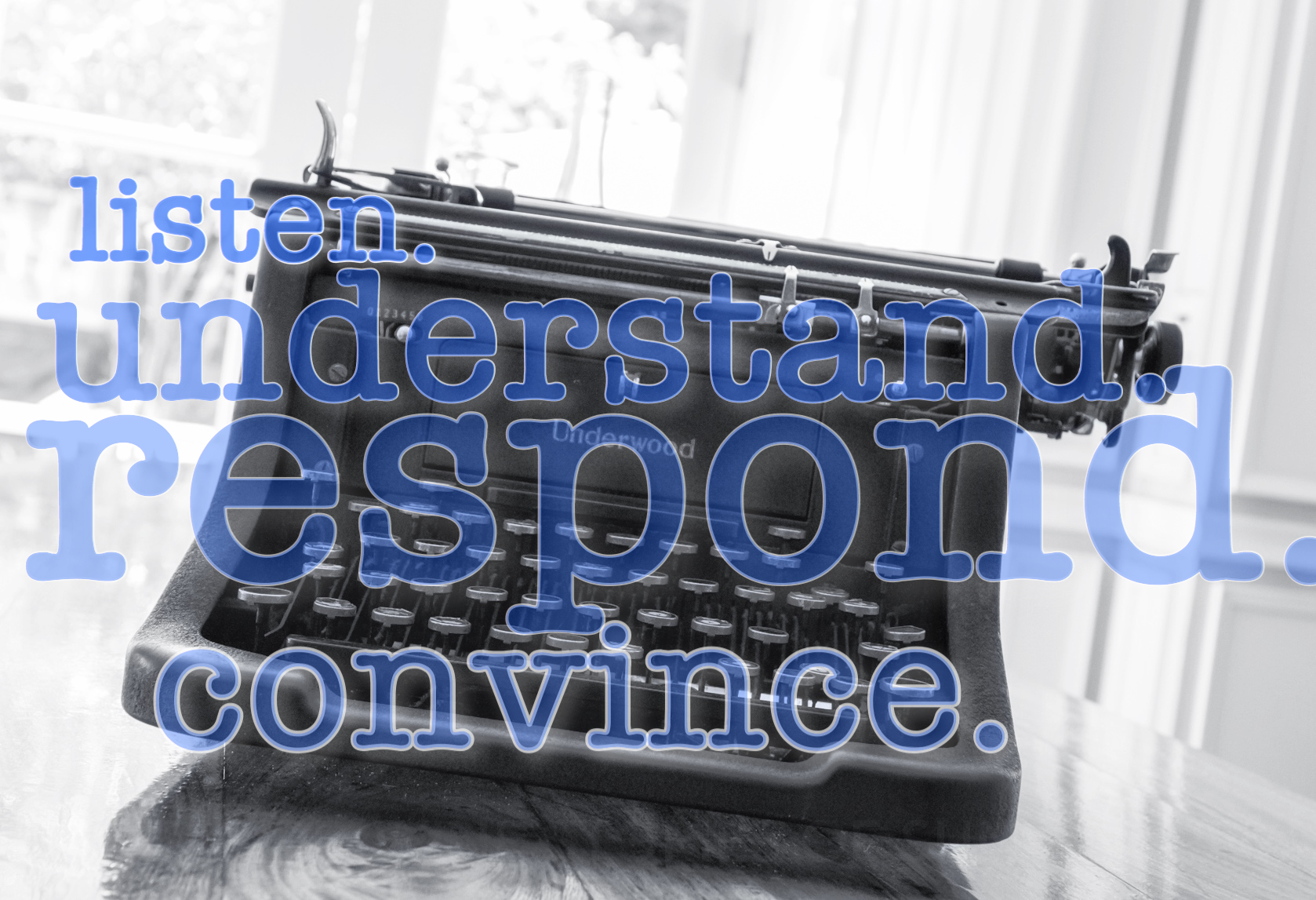RHETORIC
HOW TO ANALYZE A DOCUMENT
The Power of Language ● a diagram portraying the rhetorical situation in any document or message ● the same diagram but blank
Context, Content and Sound ● my article about how to analyze a document ● a guide to the strategies arguers use when trying to convince an audience, including Aristotle’s modes of persuasion
Diction and Syntax ● diction guide ● syntax guide
Rhetorical Fallacies ● guide ● online reference
Link to the rhetorical analysis slide deck (it should appear below)
Scoring ● draft rubric (2019)
More soon!
RHETORICAL ANALYSIS SLIDE DECK
HOW TO READ FOR UNDERSTANDING
Always, always ascertain the document’s context (see above) before reading it. Do not highlight for emotional diction unless you’re analyzing for rhetoric. Employ a strategy for breaking the document down according to its structure—if you don’t remember what I mean by that, see me.
When reading the first time, play the “believing game” as you read the text—strive for understanding before you decide whether to agree or disagree. Look up words you don’t understand, especially ones that confuse the author’s message—don’t lazily skip over them.
Now, read the document a second time (YES I’M SERIOUS), but play the “doubting game” now. Even if it sounded good the first time, look for errors in logic. If the document is argumentative in nature, how would you argue against it? Where are the arguments stronger, or weaker? Jot your reactions in the margins, if you’re allowed to write on the text; otherwise, take notes.
Virtues — guide — using virtues when reading for understanding
More soon!
DOCUMENTS
SAMPLE ANALYSES
Dr. King’s “I Have a Dream” (PDF coming soon)
Jonathan Edwards “Sinners in the Hands of an Angry God” (audio)
Susan B. Anthony’s 1872 speech (PDF) lecture (audio)
JFK’s Inaugural (audio)






